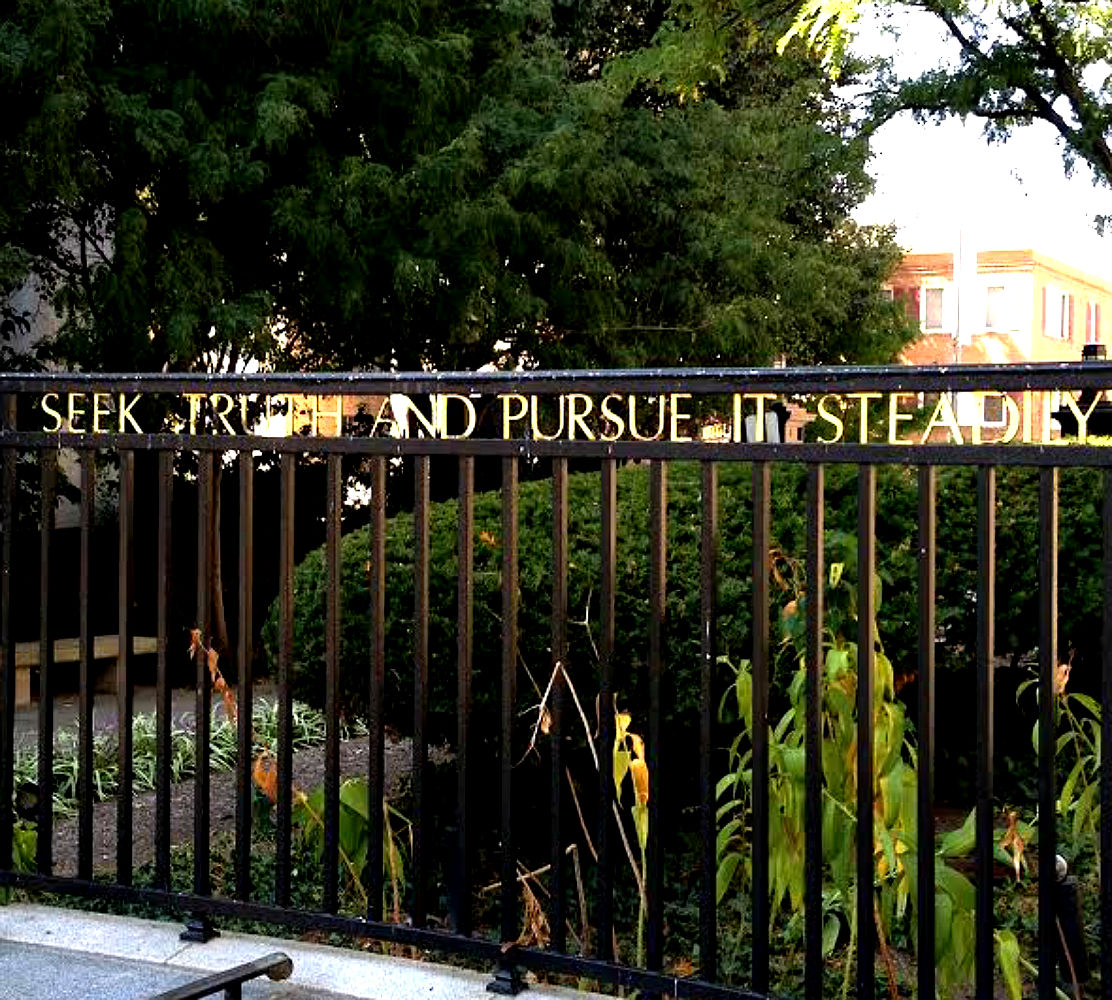“Two’s company, Three’s a crowd.” -popular saying
“But I always say: One’s company, Two’s a crowd, and Three’s a party!” –Andy Warhol
 As a surgeon, my patients generally know they are seeing me for a problem, and that problem may require surgery. I am sensitive to the fact that this is a very big deal to them, often the first time they have ever seen a surgeon. Even if they have had surgery before, that only means that they may have some idea as to what the process may entail. Patients are nervous, perhaps frightened, they have questions. They know they will have more questions and concerns as the visit and process moves on. There are big and important decisions to be made.
As a surgeon, my patients generally know they are seeing me for a problem, and that problem may require surgery. I am sensitive to the fact that this is a very big deal to them, often the first time they have ever seen a surgeon. Even if they have had surgery before, that only means that they may have some idea as to what the process may entail. Patients are nervous, perhaps frightened, they have questions. They know they will have more questions and concerns as the visit and process moves on. There are big and important decisions to be made.
Many patients therefore arrive to their first visit with an entourage, one or more family members or friends, companions who are there to lend emotional support for this stressful visit. The additional ears to make sure the explanations and descriptions are heard correctly and understood, the extra minds to pose questions the patient may have forgotten or not thought pertinent to ask. This is laudable, advisable. I encourage patients to have someone with them for just these things, to help the patient.
So here is why the first thing I do when I meet a new patient is to excuse the entourage, and send them right back to the waiting room. Continue reading



